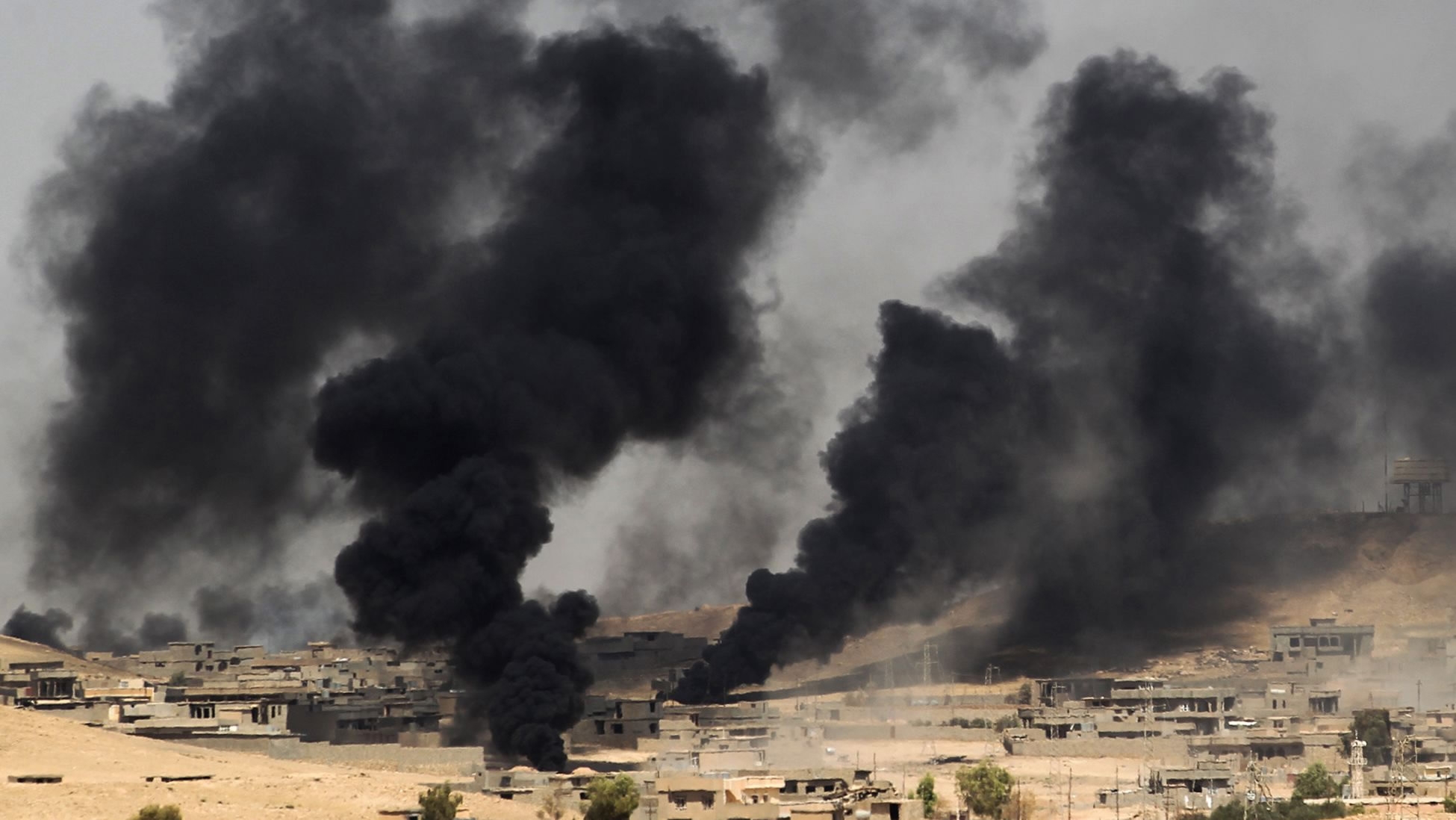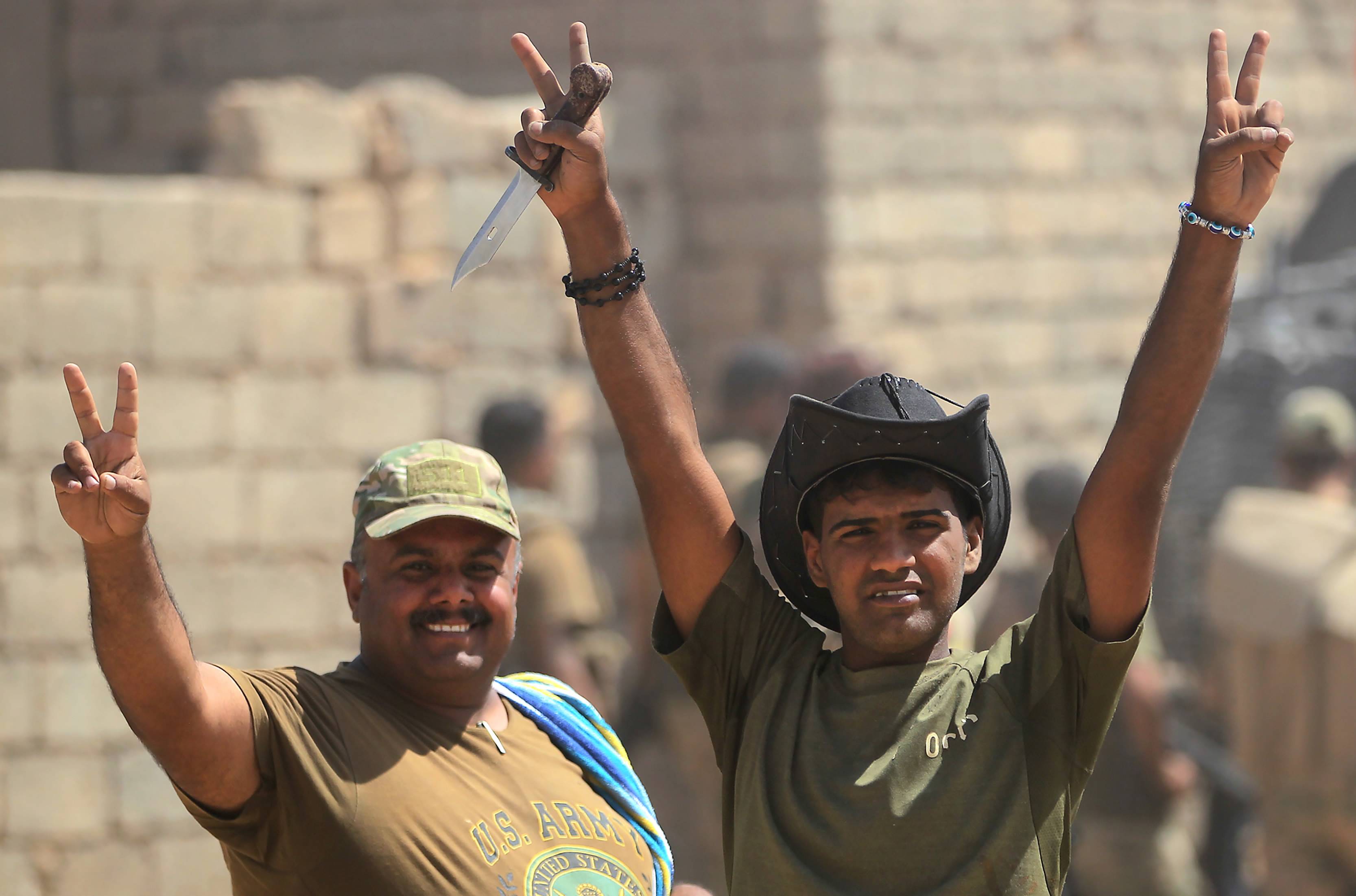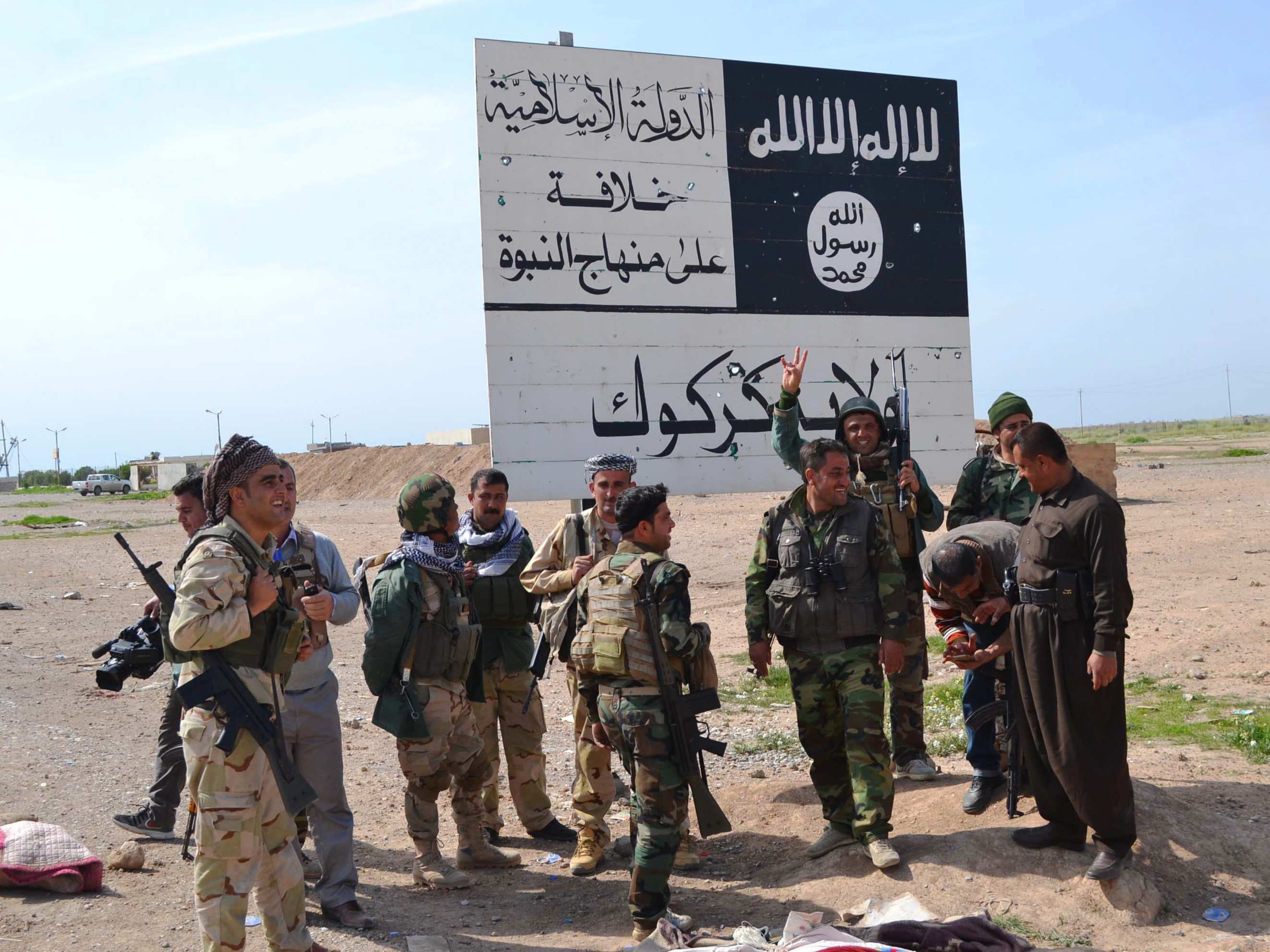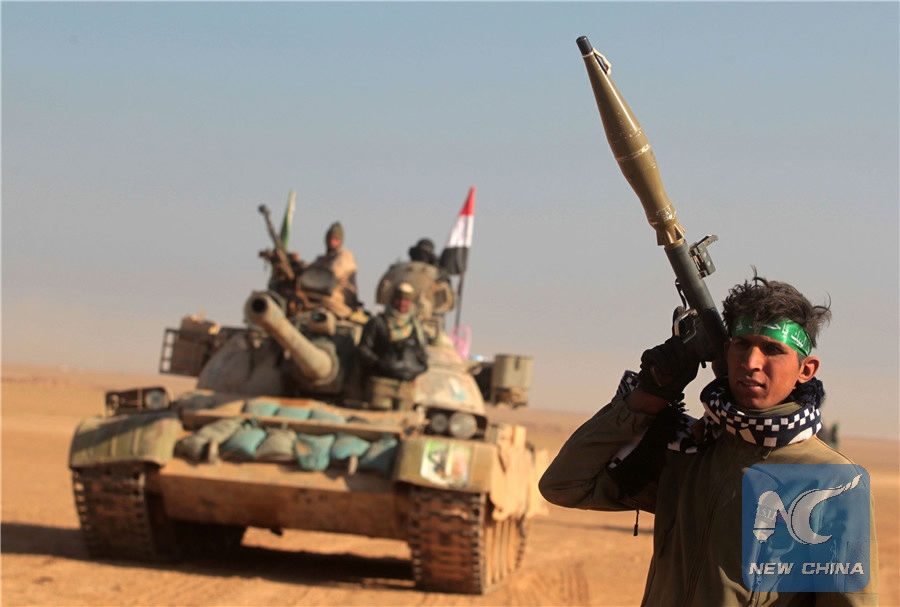
World
16:16, 31-Aug-2017
Where will the next battle against ISIL in Iraq be after Tal Afar?
CGTN's Nadim Diab

ISIL’s dreams of a “caliphate” are crumbling in Iraq, from where it sprouted up in 2014. With militants purged from Mosul in July and on the cusp of being defeated in Tal Afar, only a few towns in the country remain in the grip of the terrorist group.
But the more the noose tightens around extremists, the harder the battle gets. Ethnic and sectarian tensions, divergent political ambitions of the many factions fighting ISIL and a complicated geography stand between Iraq and its full liberation.
Three years ago, the terrorist group held as much as 40 percent of the Iraqi territory. A string of military offensives by Iraqi police, army and counter-terrorism units, backed by air cover provided by the US-led coalition and supported from Sunni tribal fighters, Shiite paramilitaries and Kurdish Peshmerga forces, has dealt one fatal blow after the other to ISIL militants.
By April 2017, the once vast swathes of the country controlled by ISIL shrank to 6.8 percent. In July, militants were ousted from Mosul after nine grueling months of street-to-street warfare.
The rising of the Iraqi flag there was a watershed moment as it symbolized the defeat of ISIL in the same city that witnessed the announcement of the caliphate in 2014. This, in return, injected fresh impetus into the drive to dislodge the group from its remaining urban bastions in the country, namely Tal Afar, Hawija and western parts of Anbar.

Map showing the territories under different forces in Iraq. /CGTN Photo
Map showing the territories under different forces in Iraq. /CGTN Photo
Tal Afar: Victory is nearing
After capturing Mosul, the eyes of Prime Minister Haidar al-Abadi turned 70 kilometers westward, to a Shiite-majority enclave in the predominantly Sunni Nineveh Province. Tal Afar's strategic position between Mosul and the Syrian border has made it a major supply line of arms and fighters.
On August 20, Abadi announced the start of operations to rid the city of ISIL militants, emboldened by high morale among Iraqi troops after Mosul’s conquest, months-long siege by the Shiite Popular Mobilization Forces and weeks of air strikes by the US and Iraqi jets.
Good news came quick as advances were achieved at lightning speed. Less than a week into the offensive, Iraqi forces said they almost liberated the city. An official declaration of victory was put on hold until the last pockets of resistance from fighters in al-Ayadiya, some 12 kilometers northwest of the city, were quashed.
The military’s gains were slowed by fierce fightback from the extremists, who holed up inside houses firing “sniper shots, mortars, heavy machine guns and anti-armored projectiles,” Reuters reported on Wednesday quoting Iraqi Colonel Kareem al-Lami.

Iraqi forces flash the sign for victory as they advance towards the al-Ayadiya area during the ongoing battle to oust the last pockets of ISIL militants on August 30, 2017. /AFP Photo
Iraqi forces flash the sign for victory as they advance towards the al-Ayadiya area during the ongoing battle to oust the last pockets of ISIL militants on August 30, 2017. /AFP Photo
He compared the battle on the first line of defense like opening “the gates of hell,” noting that clashes are “multiple times worse” than in Mosul’s old city.
With the fighting in Tal Afar entering its last stage, ISIL seems poised to lose its last bastion in northern Iraq, which it ruled unchallenged in 2014 profiting from anti-government sentiments among Sunnis.
Hawija: Big ISIL presence and political problems
Some 170 kilometers southeast of Tal Afar lies Hawija, a mostly Sunni district in the multi-ethnic province of Kirkuk. The district has been considered as the “de facto headquarters” of ISIL militants and their gathering point since their defeat in Mosul.
The battle to liberate Hawija is as crucial as it has been elusive due to political challenges.
The Kurdish population in Kirkuk, which borders the semi-autonomous region of Kurdistan, has been seeking independence with its provincial council deciding on Tuesday to participate in a Kurdish referendum on independence slated for September 25, raising objection from the central government.

Iraqi Kurdish Peshmerga fighters stand next to an ISIL sign at the entrance to the northern Iraqi town of Hawija, south of Kirkuk on March 9, 2015. /AFP Photo
Iraqi Kurdish Peshmerga fighters stand next to an ISIL sign at the entrance to the northern Iraqi town of Hawija, south of Kirkuk on March 9, 2015. /AFP Photo
The Peshmerga forces, who have been countering ISIL in Hawija, are skeptical of the Popular Mobilization Units, who reject any possibility of Kurdish independence, and believe the Shiite organization could target them in the post-ISIL era.
Abadi announced in June that the operation in Hawija, described by Kirkuk Governor Najmaldin Karim as a “haven” for ISIL militants, will start soon. However, no exact date has been set.
Iraqi media are speculating that military efforts to boot out the extremists from there will begin once Tal Afar is seized, but local officials believe Hawija will be dealt with last.
The district is at the heart of a network of hundreds of villages that branch out to the nearby ISIL-free Diyala and Saladin governorates, stoking concerns that such a vital location and a lack of government action could throw a lifeline to desperate militants and drive them back to these provinces.
Anbar: Deserts and borders with Syria
Al-Qaim is the westernmost part of Anbar province and another major ISIL base, which borders the Syrian province of Deir Ezzor, where the group also hold dwindling control, making it a critical crossing for arms and men.

Iraqi Shiite fighters from the Popular Mobilization Units advance in a desert area near the village of Tall Abtah, southwest of Mosul, on November 28, 2016. /Xinhua Photo
Iraqi Shiite fighters from the Popular Mobilization Units advance in a desert area near the village of Tall Abtah, southwest of Mosul, on November 28, 2016. /Xinhua Photo
The town in the Euphrates river valley fell in the hands of the organization in 2014, along with Rawa and Ana when ISIL militants expanded in Iraq’s largest province benefiting from its sweeping deserts.
Major cities like Ramadi and Fallujah have been recaptured, but the three towns are yet to be tackled.
Security threats in the aftermath of their capture pose great challenges, as the vast arid nature of the land makes it hard for Iraqi forces to adequately monitor the borders and prevent the mobility of militants and thus the prospect of resurgence.

SITEMAP
Copyright © 2018 CGTN. Beijing ICP prepared NO.16065310-3
Copyright © 2018 CGTN. Beijing ICP prepared NO.16065310-3